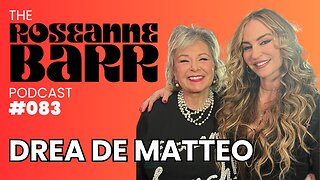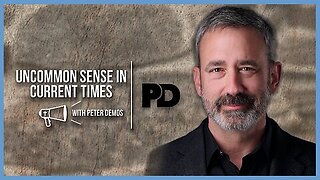Premium Only Content

obsessed with money 💰💰
Money is a medium of exchange that facilitates trade and serves as a measure of value. It evolved from barter systems, where goods and services were directly exchanged. Here are the key aspects of money:
Functions of Money:
Medium of Exchange: Money is used to facilitate transactions.
Unit of Account: It provides a standard measure of value, simplifying the comparison of prices.
Store of Value: Money can retain value over time, allowing people to save and defer consumption.
Standard of Deferred Payment: It is accepted for settling debts.
Types of Money:
Commodity Money: Items with intrinsic value, such as gold or silver.
Fiat Money: Money without intrinsic value but accepted by government decree, like modern paper currencies.
Representative Money: Money that represents a claim on a commodity, such as gold certificates.
Digital Money: Includes cryptocurrencies like Bitcoin and digital currencies issued by central banks.
History of Money:
Early economies relied on barter systems.
Commodity money emerged in ancient civilizations (e.g., gold, silver).
The first coins appeared around 600 BCE in Lydia (modern-day Turkey).
Paper money was first used in China during the Tang Dynasty (618–907 CE).
Modern banking and the widespread use of fiat money developed in the 17th and 18th centuries.
Modern Financial Systems:
Central Banks: Institutions like the Federal Reserve in the U.S. manage national monetary policies and regulate the money supply.
Commercial Banks: These provide services like loans, savings accounts, and payment processing.
Digital Transactions: The rise of online banking, electronic funds transfers, and mobile payments is transforming how money is used.
-
 1:34:48
1:34:48
Roseanne Barr
8 hours ago $12.78 earnedWe are so F*cking Punk Rock! with Drea de Matteo | The Roseanne Barr Podcast #83
59.2K36 -
 1:08:20
1:08:20
Man in America
9 hours ago🇨🇳 RedNote: A CCP Trojan Horse Deceiving Americans? w/ Levi Browde
22K15 -
 LIVE
LIVE
I_Came_With_Fire_Podcast
12 hours agoTrump SABOTAGE, LA FIRE CHIEF SUED, and BIDEN’S LAST F-U!
369 watching -
 2:59:47
2:59:47
Joker Effect
3 hours agoUkraine in a video game? Hardest thing I have done. S.T.A.L.K.E.R.2 Heart of Chornobyl,
27.1K4 -
 1:15:22
1:15:22
Flyover Conservatives
23 hours agoEczema, Brain Fog, B.O., and Gas… Eating Steak and Butter Creates Ultimate Health Hack - Bella, Steak and Butter Gal | FOC Show
27.2K -
 51:58
51:58
PMG
7 hours ago $0.94 earned"Can the Government Learn from Elon Musk’s 70% Labor Cut? A Deep Dive into Inefficient Agencies"
25.7K -
 LIVE
LIVE
Amish Zaku
6 hours agoRumble Spartans #10 - New Year New Maps
192 watching -
 1:04:58
1:04:58
In The Litter Box w/ Jewels & Catturd
1 day agoNo Tax On Tips! | In the Litter Box w/ Jewels & Catturd – Ep. 722 – 1/17/2025
145K32 -
 5:35:39
5:35:39
Dr Disrespect
13 hours ago🔴LIVE - DR DISRESPECT - WARZONE - CRAZY CHALLENGES
164K33 -
 1:16:30
1:16:30
Edge of Wonder
9 hours agoLA Fire Updates: Miracles Amidst the Devastation
39.1K13